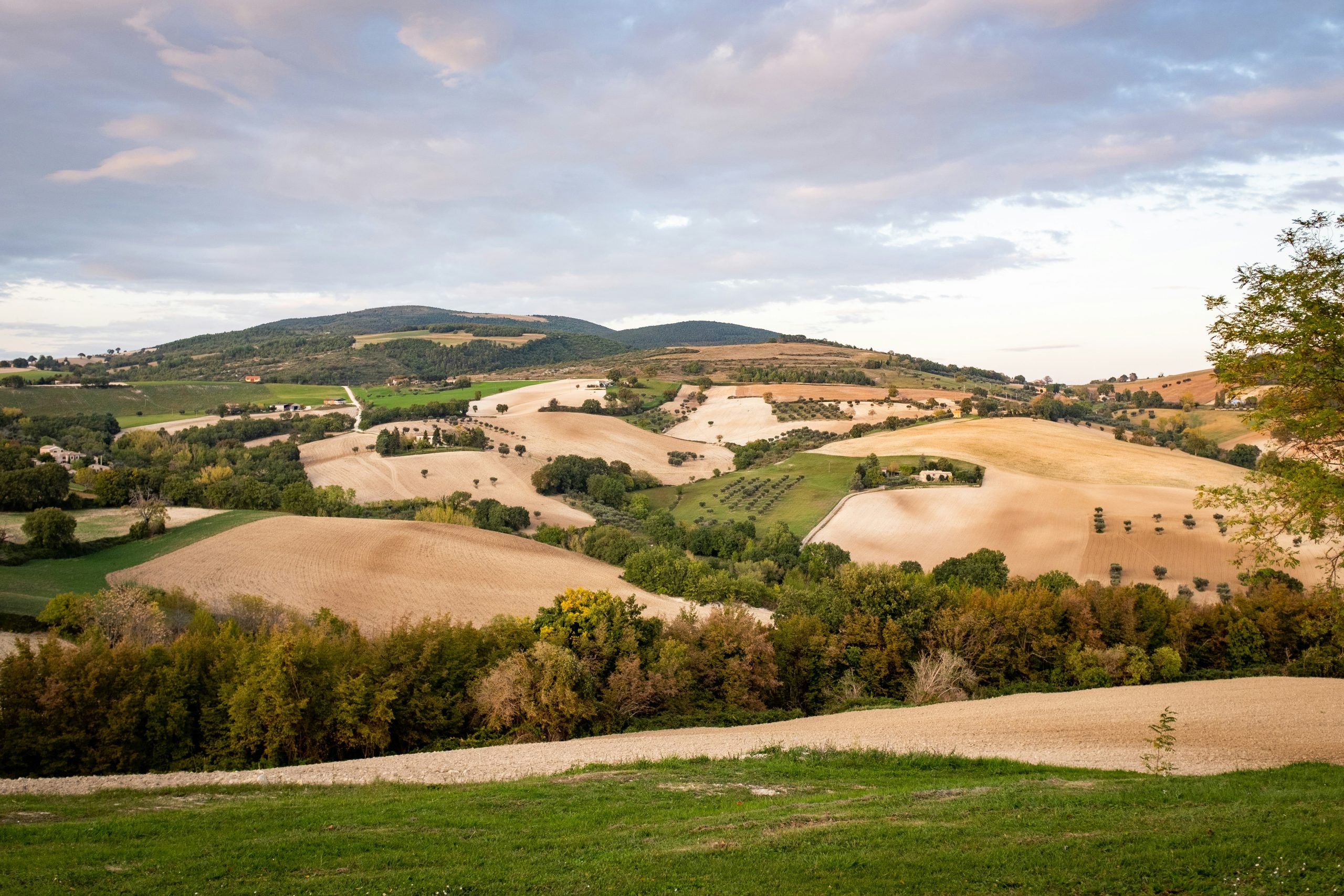Cycling 101 – The Art of the Breakaway
In cycling, there are roughly 3 types of finishes to a stage. This is related to, but not entirely dependent on, the terrain and profile of the stage. The first is the sprint finish. This is when the peloton — the large group of riders who stay together to be more aerodynamic and reduce energy expenditures — makes it to the finish line together and sprint against each other for the win. Sprint finishes are often razor-thin and favor bigger riders. When the course is relatively flat, especially leading up to the finish line, you can almost always expect a sprint-finish.

The second type of finish is a mountain finish — when the stage finishes after a long climb up a mountain. These finishes generally favor GC riders (who tend to be lighter, making climbing up a mountain easier) and usually feature one lonely rider making it across the finish line alone. Yesterday’s stage was a mountain(top) finish.

The last type of finish is a finish where the breakaway wins. The “breakaway” is a small group of riders, usually between 3-10, that break out in front of the peloton. Often, the peloton, and in particular the team leading the GC or intent on the win for the day, is responsible for managing the breakaway. They may choose to let the breakaway have a lead that feels manageable to bring back later, or they may let the breakaway go.
Ingredients for a Succesful Breakaway
-
The Right Composition (no major GC contenders, representation from a wide range of teams)
-
The peloton “allows” the breakaway to get a lead, or mismanages the lead by waiting too long to bring them back.
-
Cooperation within the breakaway, and enough mental and physical strength
For the peloton to allow a breakaway to form it has to have the right set of riders. The peloton won’t want top GC contenders in a break because that could put the GC win at risk. If not enough teams are included, attacks will continue as teams will work to have a rider represented. So, having the terrain and composition of a breakaway that can make it all the way to the finish is a rare opportunity. Usually this happens on stages that aren’t fully flat and that aren’t fully mountain stages with riders that aren’t pure sprinters or pure climbers.

Breakaway wins aren’t super common and put on full display the complex dynamics between teams and riders. Within a breakaway, there can be free rider problems, which can be challenging because a breakaway needs to cooperate for a good amount of the stage to stay clear of the peloton, with the knowledge that at a certain point they will need to start attacking each other to take the win. A breakaway win often feels a little bit like a rider managed to defy gravity.
The Stage
Today was widely considered to be a stage for the breakaway. It was a hilly stage with 4 climbs and even one category 1 climb in the middle of the stage. Because everyone thought it would be a breakaway stage that meant nearly every team tried to get into the breakaway, making it nearly impossible for a proper breakaway to form.
In the main climb a breakaway sort of formed, but really the peloton just tore apart after over an hour of high speed racing on a hilly terrain. Gaps opened, but it didn’t feel like there was a proper breakaway. With 30 km to go there were still 4 different groups strewn out in front of the peloton, with a solo rider — Luke Plapp, an Australian rider on Jayco AluLa — out front. Plapp broke away from the breakaway on the final climb with nearly 45 km left and rode solo all the way to finish line to win the stage.
Beyond the stage win, Diego Ulissi, an Italian rider on XDS Astana also managed to snag the leader’s jersey from the breakaway. Ulissi is the first Italian rider to grab the leader’s jersey in 4 years! He will be able to wear it tomorrow when the stage goes through Tuscany where he’s from.
The Dish
For today I found a chicken dish that’s from Marche, a pan-roasted chicken cooked in white wine with some herbs. I’ve cooked versions of this dish before. I used my leftover wine from stage 4, the Trebbiano d’Abruzzo to cook the chicken. To get some crispy skin I seared the chicken on a hot cast-iron after simmering it in the wine.
Reflections
Chicken is hands down my comfort food. So I was happy to find something familiar. It came out really nicely. I paired it with some roasted broccoli with lemon, parmesan, and garlic! Altogether a yummy and easy meal. I paired it with a rosé from Langhe, an area in northern Italy.

Until tomorrow, when the Giro will make it’s way through the gravel roads of Tuscany.
